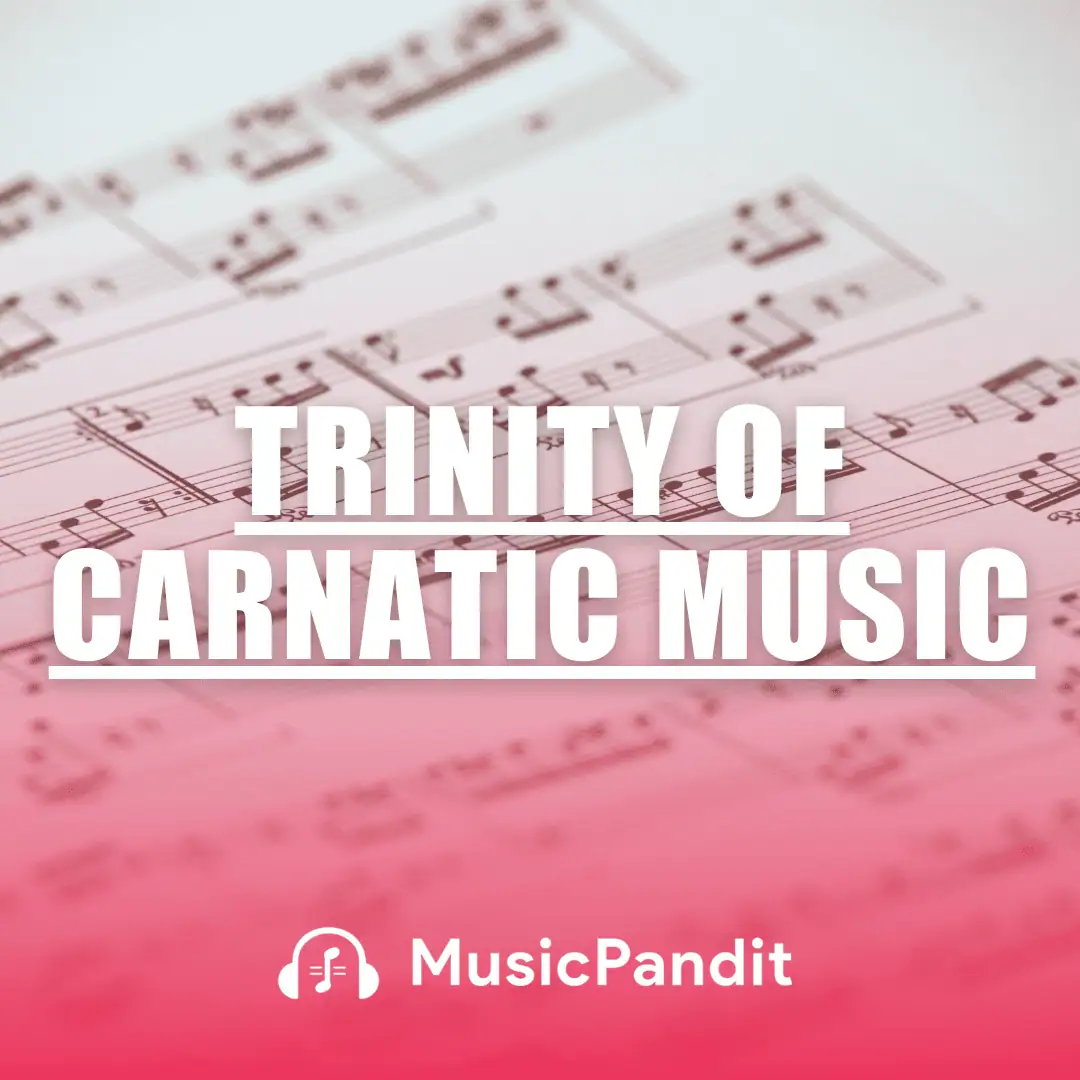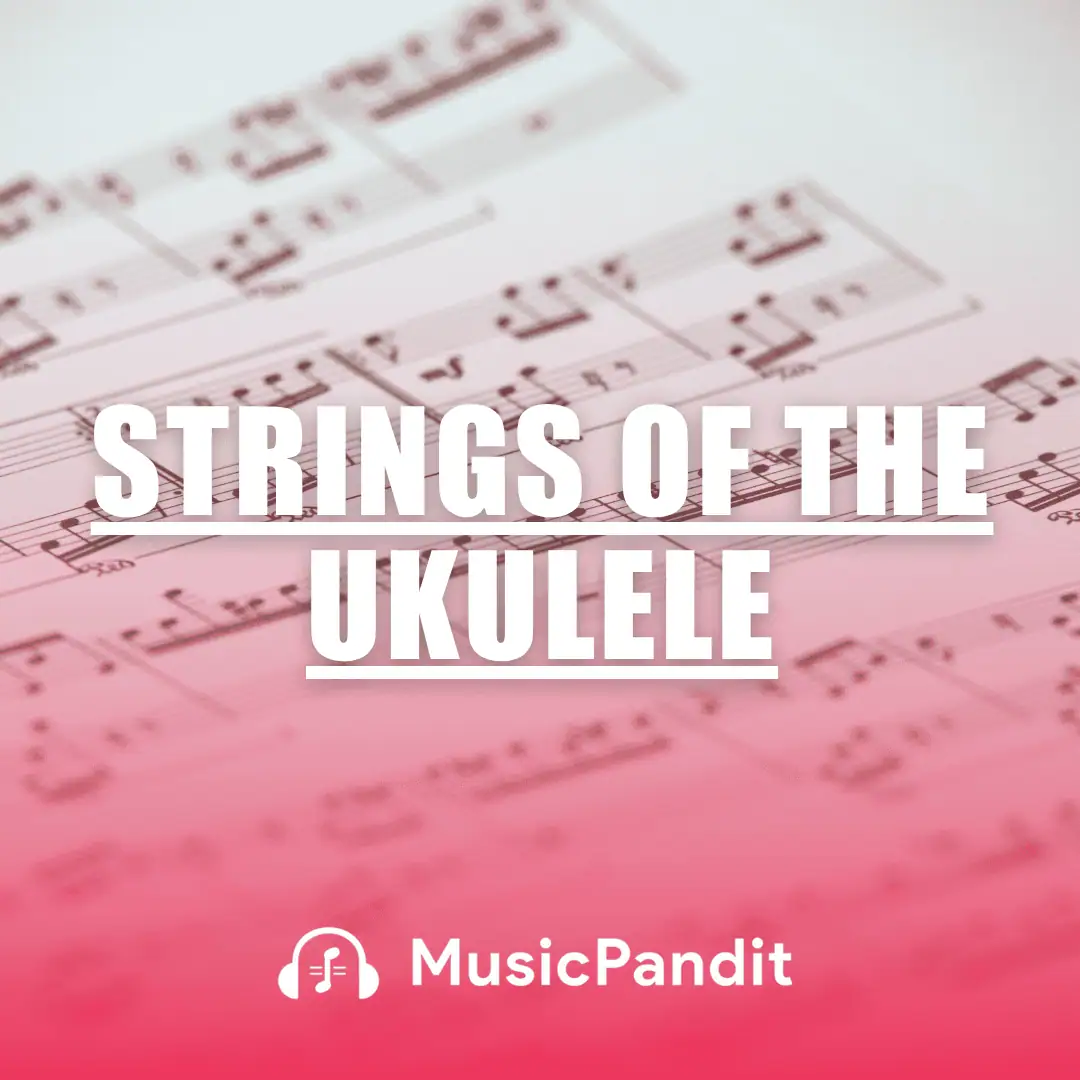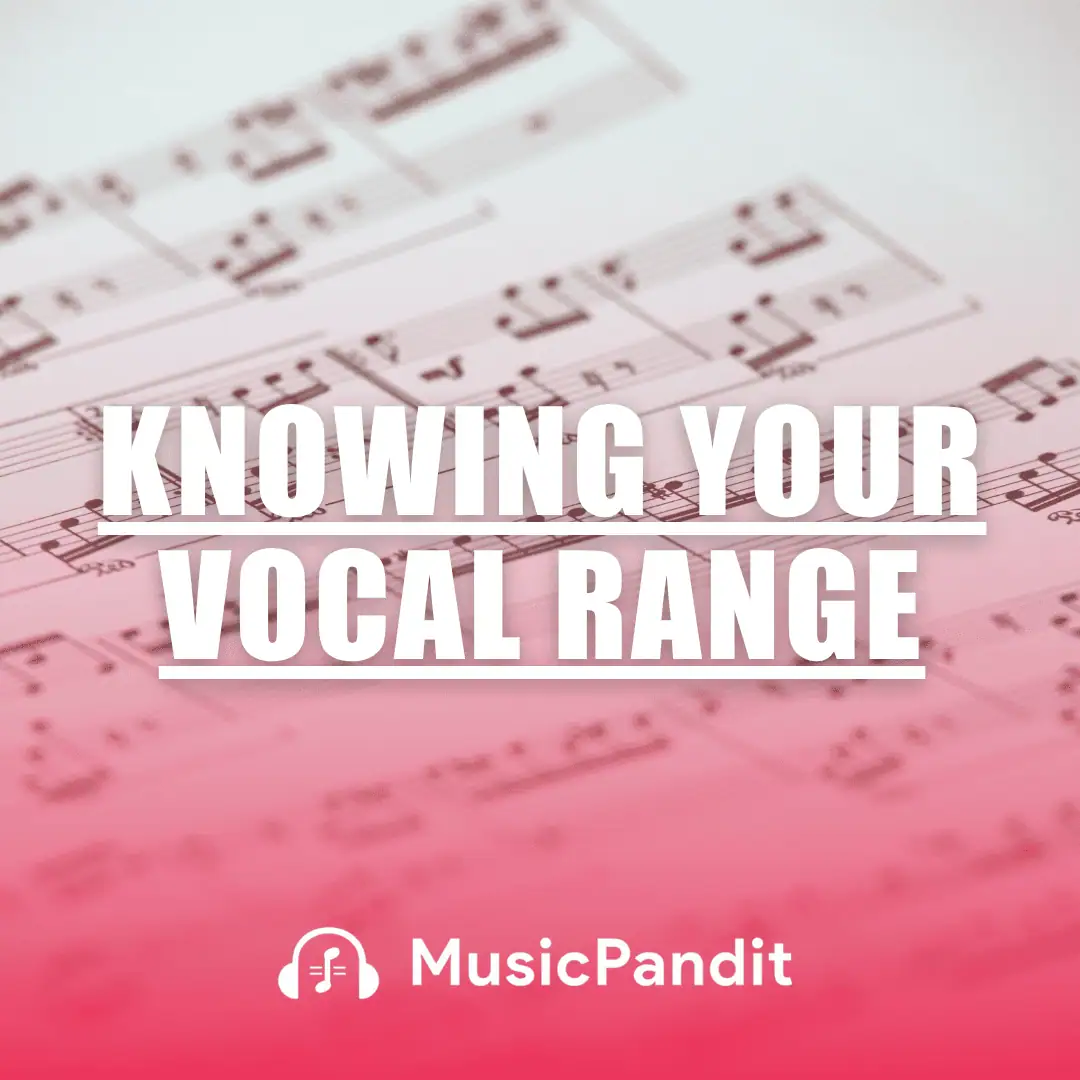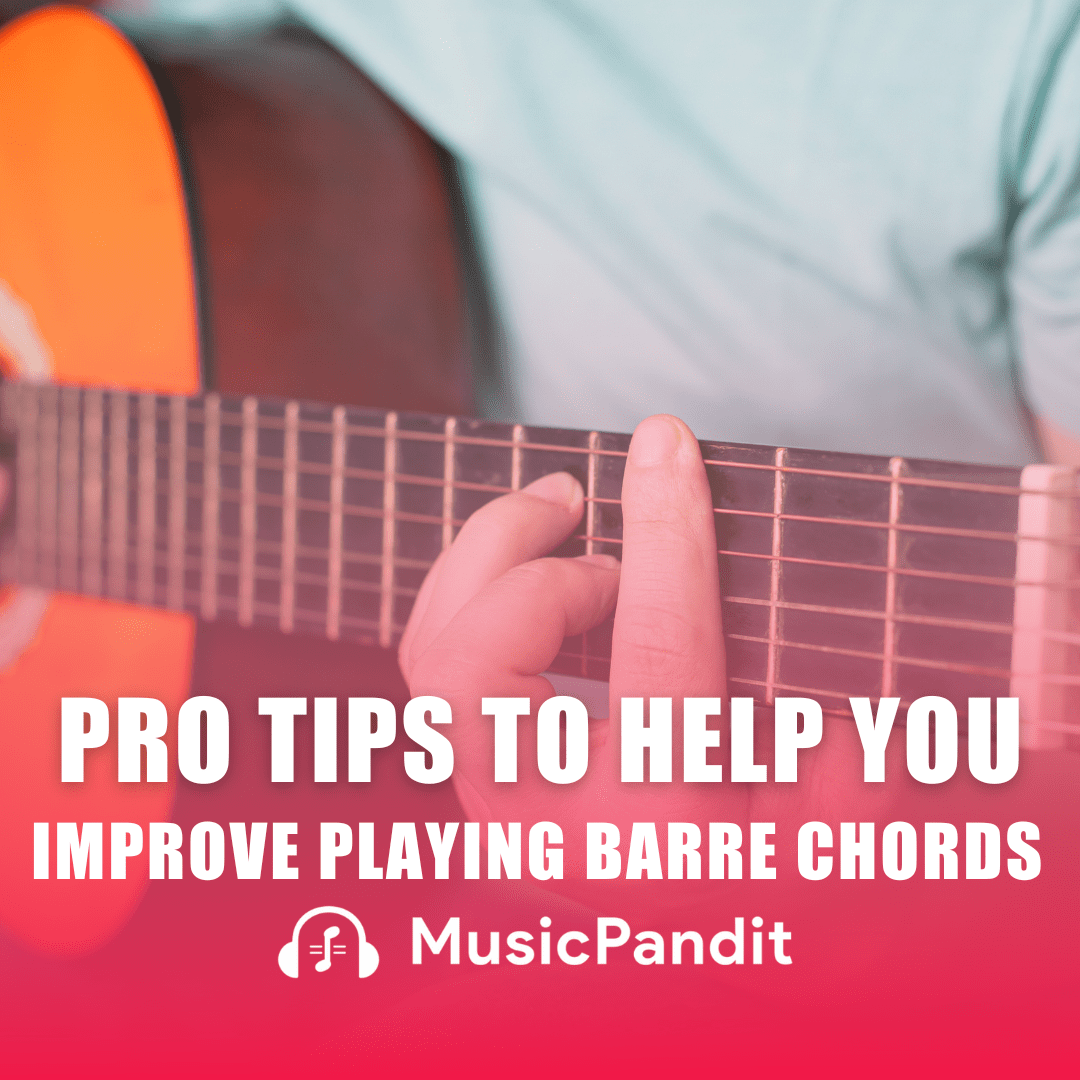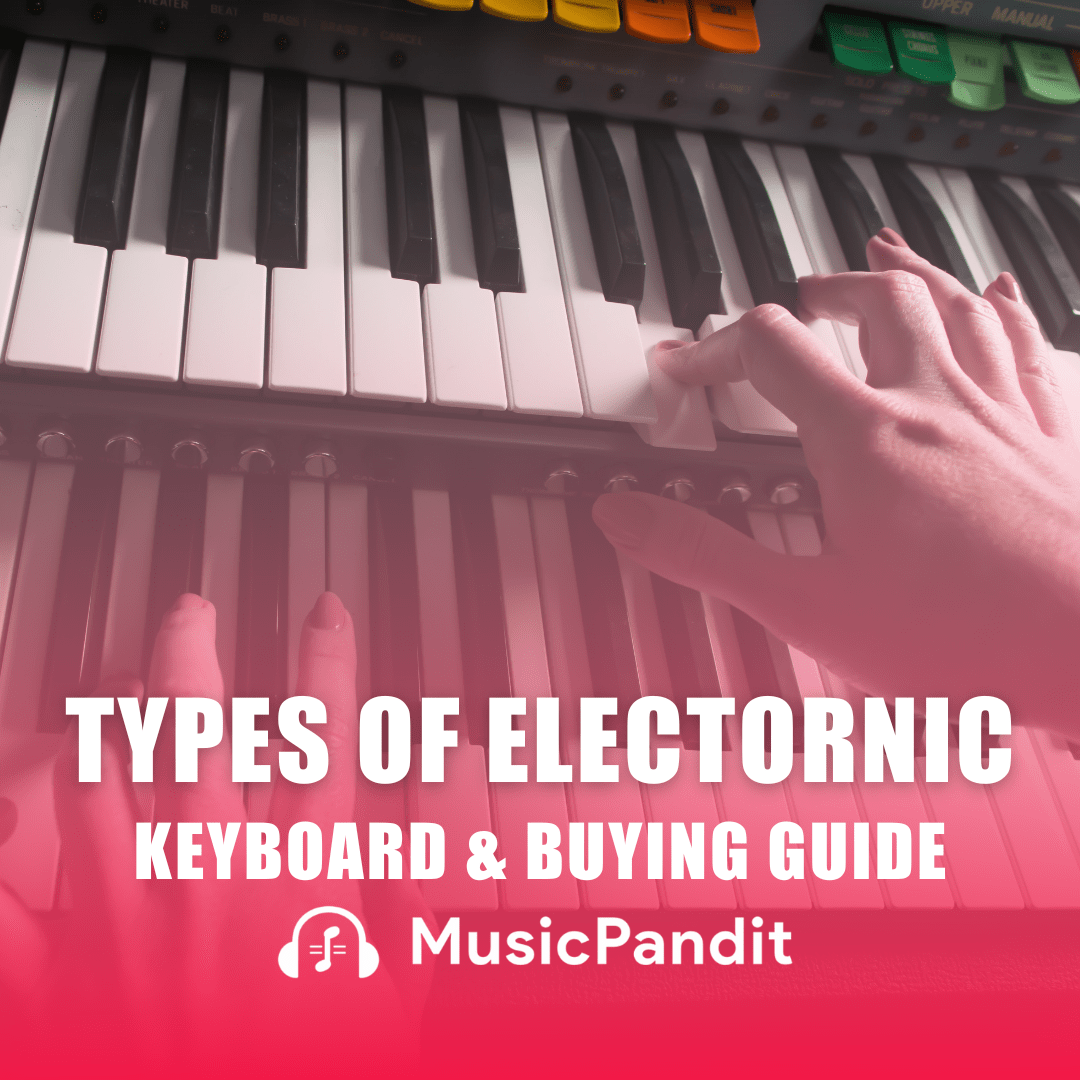Triads are among the most important building blocks in music theory. Whether you’re a beginner or advancing in your musical journey, understanding triads will give you a solid foundation for playing and composing music.
This guide will introduce you to the concept of triads, explain their structure, importance, and uses in various musical contexts. By the end of this article, you’ll have a good grasp of how triads contribute to harmony, composition, and performance.
What is a Triad?
In simple terms, a triad is a chord made up of three notes played together. The word triad comes from the Greek word for three, indicating that this chord consists of three distinct pitches. Each triad is built using three notes based on intervals called “thirds” from the starting note, also known as the root note. Triads are crucial in creating harmony, the aspect of music that happens when different notes sound together.
The Structure of a Triad
A triad consists of three notes:
- Root: The starting note of the triad.
- Third: A note located a third above the root.
- Fifth: A note located a fifth above the root.
For example, in a C major triad, the root is C, the third is E, and the fifth is G. These three notes create the harmony that is key to much of Western music.
Types of Triads
There are four main types of triads based on the intervals between the notes:
Major Triad: Consists of a root, a major third, and a perfect fifth. It is often described as having a happy or bright sound. For instance, a C major triad consists of the notes C, E, and G.
Minor Triad: Consists of a root, a minor third, and a perfect fifth, giving a sad or mellow tone. A C minor triad would be C, E-flat, and G.
Diminished Triad: Made up of a root, a minor third, and a diminished fifth. It produces a tense, dissonant sound. In C, a diminished triad would be C, E-flat, and G-flat.
Augmented Triad: Composed of a root, a major third, and an augmented fifth, creating a somewhat dissonant, stretched sound. A C augmented triad consists of C, E, and G-sharp.
Inversions of Triads
While triads can be played with the root note at the bottom (this is called root position), they can also be played in different inversions:
- First Inversion: The third is the lowest note.
- Second Inversion: The fifth is the lowest note.
These inversions change the sound of the triad, giving it variety without changing the actual notes being played.
Importance of Triads in Music
Triads form the foundation of many harmonic structures in Western music. They are used extensively in creating chord progressions, which are a sequence of chords that provide the harmonic framework for a piece of music. Learning triads helps you understand more complex chords, such as seventh chords and extended chords, which are built by stacking additional notes on top of triads.
Triads are also crucial for improvisation and composition. Musicians often use triadic structures to create melodies, harmonies, and rhythms that work well together. Understanding how to use triads allows musicians to move smoothly through different keys and scales, enriching their creative abilities.
Benefits of Learning Triads
Foundation for Harmony: As mentioned, triads are the building blocks of harmony. Mastering them gives you the tools to understand more complex musical concepts.
Improved Ear Training: By practising different triads, you’ll develop a stronger ear for recognizing chords in various songs.
Increased Versatility: Knowing triads allows you to adapt to different musical styles, from classical to jazz, pop, and rock.
Enhanced Improvisation: Triads are key to improvisation. Musicians can use them to outline chord progressions while improvising, leading to smoother, more cohesive solos.
Uses of Triads in Different Instruments
Piano: On the piano, triads are formed by playing three keys at once, spaced in intervals of thirds. A C major triad, for instance, would include playing the notes C, E, and G simultaneously.
Guitar: Guitar players form triads by pressing strings at specific frets to produce the notes of the chord. These triads can be played across different strings and positions.
Voice: Singers use triads to understand harmonies. Choirs, for example, often sing triadic harmonies where different voice parts (soprano, alto, tenor, bass) sing the root, third, and fifth of a chord.
Related Concepts
Chord Progressions: Chord progressions are sequences of triads or other chords that form the harmonic backbone of many pieces of music. For example, the popular progression I-IV-V in the key of C major involves the chords C major, F major, and G major.
Extended Chords: Triads are the base for extended chords like seventh chords (which add a seventh note above the root), ninth chords, and so on. Mastering triads helps in understanding these more complex harmonic structures.
Polychords: Triads can be combined to create polychords, where two different triads are played simultaneously for a richer sound.
Practical Application: How to Practise Triads
Start with Major and Minor Triads: Focus on learning all the major and minor triads in different keys. Practise these triads in root position as well as in first and second inversion.
Move on to Diminished and Augmented Triads: Once you’re comfortable with the basic major and minor triads, practice diminished and augmented triads.
Play Triads in Different Keys: Try playing triads in all 12 keys. This will give you more flexibility when moving between keys in songs.
Incorporate Triads in Music: Use triads to compose simple chord progressions and melodies. For instance, create a chord progression using the I-IV-V chords in any key and try to improvise a melody over it.
Apply to Your Instrument: Whether you’re playing piano, guitar, or any other harmonic instrument, practice forming triads and using them in your music-making.
Conclusion
Understanding triads is an essential step in your music education. These three-note chords serve as the building blocks of much of Western music, forming the basis of harmony, composition, and improvisation. Whether you play piano, guitar, or any other instrument, mastering triads will improve your ability to understand and create music.
So, practise your triads in different keys, experiment with their inversions, and start applying them in your musical journey! By doing so, you’ll unlock the door to more advanced music theory concepts and deepen your appreciation for the music you play and listen to.

